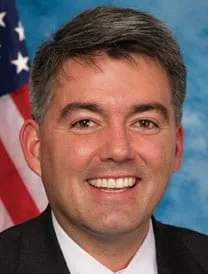Need for greater energy efficiency is now


With all the partisanship in Washington, D.C., it’s hard to feel optimistic that Democrats and Republicans will be able to come together on much. There is, however, a bright spot when it comes to the issue of energy efficiency, and I believe that progress can be made on both sides of the aisle.
The United States is the second-largest energy consumer in the world (China is the first), and our demand only continues to grow. While more production is one way to meet this demand, we must also look at…
THIS ARTICLE IS FOR SUBSCRIBERS ONLY
Continue reading for less than $3 per week!
Get a month of award-winning local business news, trends and insights
Access award-winning content today!
